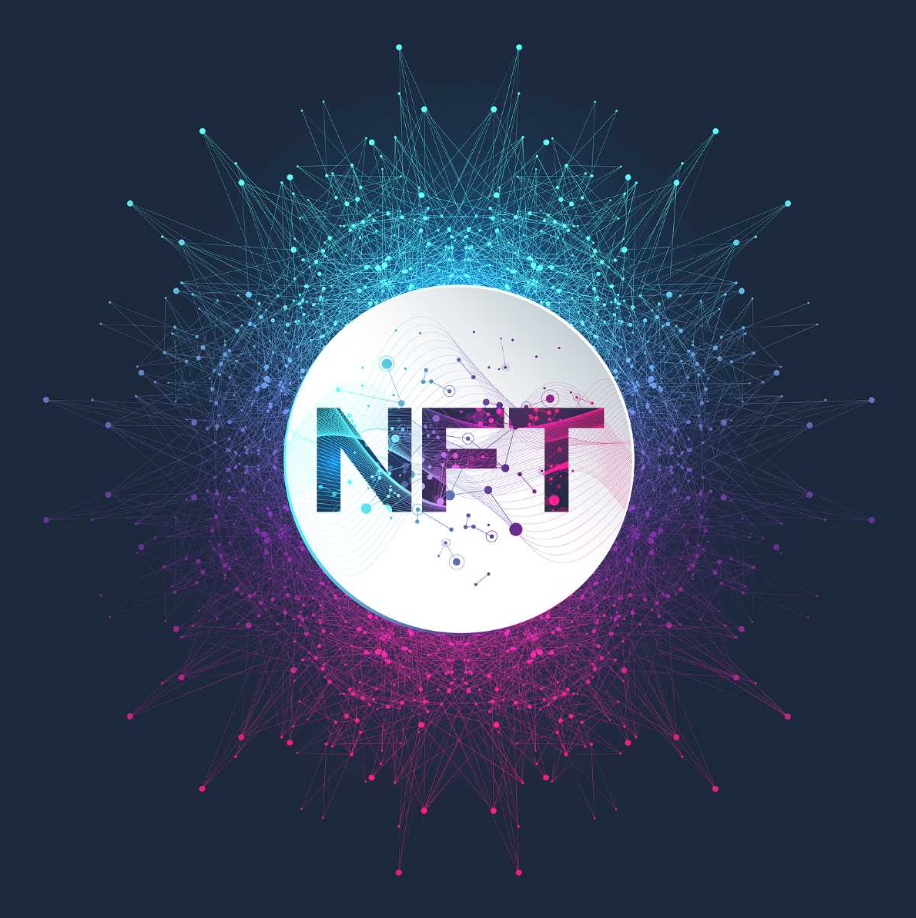Medifakt, a groundbreaking Decentralized Healthcare Ecosystem, is utilizing a combination of Blockchain, IoT, and Machine Learning to enhance the security of data collected via IoT devices and feed it into a decentralized network. The main objective of the project is to share medical information securely with full traceability, aggregate medical data from various sources, and use the collected data for Big Data Analytics.
The medical industry currently faces significant challenges regarding security, disability, and interoperability. Medifakt, a project developed by AKT Health and blockchain technology firm Interakt, aims to address these challenges by creating a platform that improves the smart healthcare ecosystem for patients.
The Medifakt Network is built with four main modules: the Data Layer, Asset Layer, Service Layer, and Security Layers. These modules are integrated to form a blockchain-secured platform with an incentive model, called HealthNode. This platform covers various aspects including electronic health record management, Clinical Data Management, Health Economics Outcomes Research, and Supply Chain Management.
Medifakt aspires to establish a Cross-Chain Patient Data Aggregator with Identity Storage, authentication, and ownership, providing a HIPAA-compliant solution that securely enables all modes of digital health communication. Furthermore, the Medifakt Network asset layer will manage the Token Economy, incentivizing patients for their data integration and ensuring transparency in calculating health insurance premiums.
With its advanced machine learning capabilities, Medifakt will not only provide a more secure and compliant operation but also allow patients to access medical records, manage, and communicate. It intends to give patients custody of their data, improving efficiencies, reducing operational costs, and enhancing patient outcomes.







